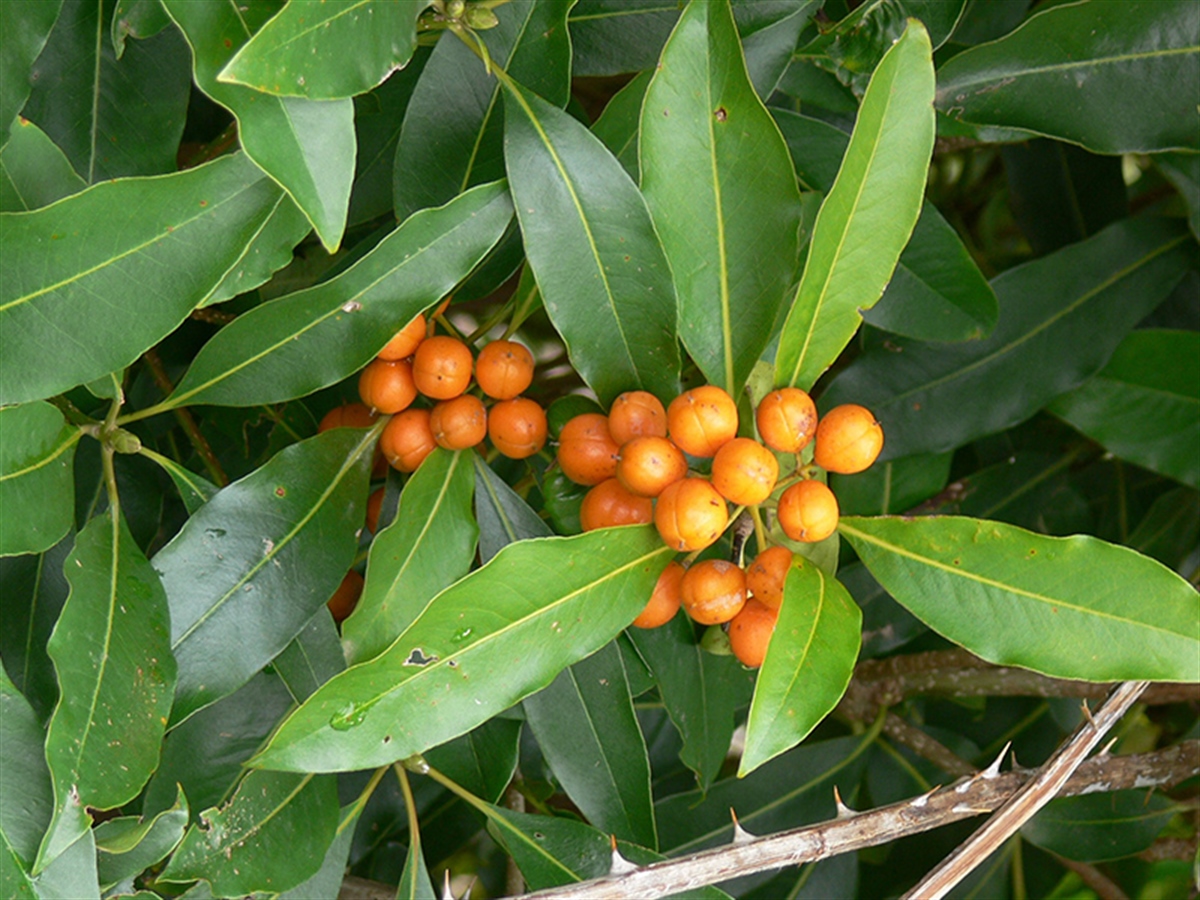Its flowers may be aromatic but there is nothing sweet about Sweet Pittosporum, which is a serious weed tree and is being targeted now in Nature Conservation Margaret River Region’s woody weeds campaign.
To help in the fight against this and other weedy trees that often escape from gardens, Nature Conservation is running the latest in a series of free community woody weed workshops. It’s on July 20 from 2pm-3.30pm in Augusta (location to be confirmed), joining Nature Conservation staff and local weed guru Rick Ensley to learn how to successfully identify and control some of the most invasive garden escapees, including Sweet Pittosporum, Sydney Golden Wattle, Victorian Teatree and Polygala.
“About 70 per cent of all weeds are escaped garden ornamentals,” says Nature Conservation’s woody weeds campaign coordinator Pete Lierich.
“These species reproduce and spread rapidly via water, birds, soil movement and people. At the Augusta workshop we’ll see firsthand the devastating impacts of green waste dumping near bushland areas. These woody weeds reduce biodiversity by degrading habitat, outcompeting native plants, choking waterways and modifying ecosystems.”
Peta says the community can help to stop the spread by attending this workshop and learning how to identify and control invasive woody weeds growing on your property and in the bush, as well as what to plant instead for function, beauty and biodiversity in your garden.
“If you need help identifying weeds at your place, make sure you bring photos, leaves, flowers and seedpods to the workshop and we can help I.D them for you,” Peta says.
Sweet Pittosporum is in the spotlight this month because the trees are beginning to flower. They are native to eastern Australia but were planted widely in gardens across the southwest – and now threaten our iconic karri forests.
“At first they take over the understory but in time they grow into tall trees and shade out the upper storeys as well,” says Peta. “Left unchecked, they degrade our karri forests because they don’t allow new karris to germinate and grow to replace the old trees.
“This weedy tree is a lot more widespread across the region than most people realise, including in backyards, roadsides and bush reserves. It thrives in the forests and damp areas like creek lines.
“The trees might look attractive and seem harmless, but a single tree can infest the whole neighbourhood as birds carry the seed for several kilometres. So it’s important to remove them and replace with locally native species which complement our bushland and benefit the wildlife.”
Sweet Pittosporum has smooth grey bark and glossy green leaves, often with wavy margins, and sweet-smelling white flowers. Flowers are followed by orange grape-sized fruit.
“Once you’re confident in identifying the tree, you can hand-pull seedlings or remove larger shrubs and trees with a pruning saw or chainsaw and treat the cut stumps,” says Peta. “Bigger jobs may need qualified contractors or the Nature Conservation Bush Regeneration Team to bring an infestation under control, but it’s well worth the effort.”
Register for the Augusta workshop HERE. To learn more, watch our comprehensive Sweet Pittosporum identification and removal video.
The woody weeds campaign is funded by the WA Government’s State Natural Resource Management Program, and includes funding to be spent on a 50-50 cost sharing basis with landholders located close to high priority bushland, reserves or national parks. To enquire about grant funding, email peta.lierich@natureconservation.org.au or see www.natureconservation.org.au for more information.

